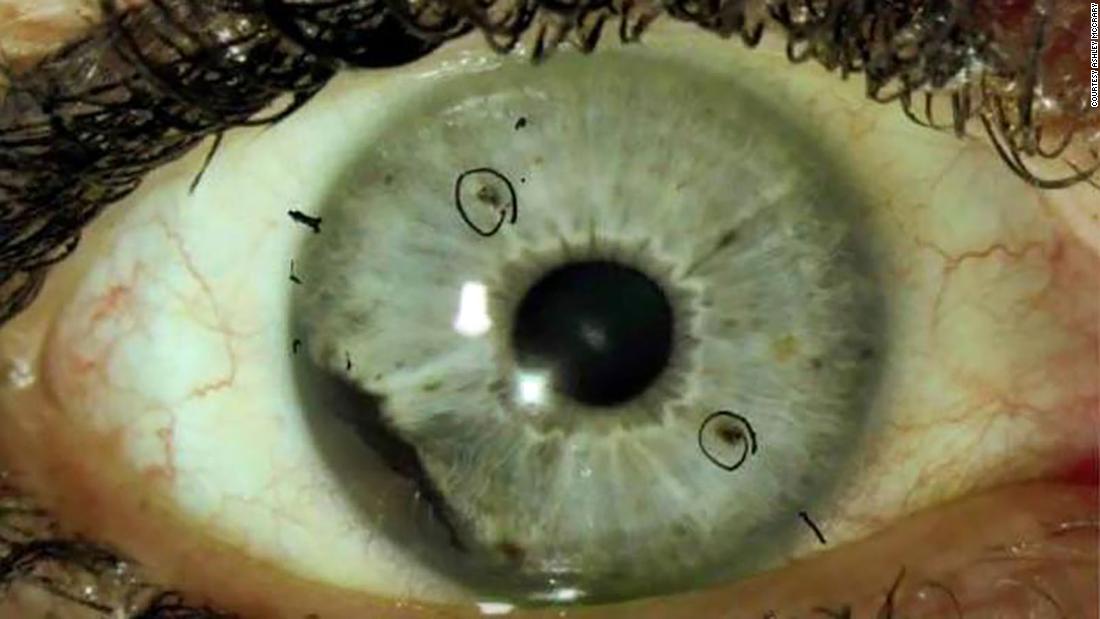Researchers and epidemiologists are stumped about how the rare ocular melanoma, which normally occurs in about six in every 1 million people, has been found in more than 50 people around Huntersville, North Carolina, and Auburn, Alabama. And an even bigger question how at least 38 of them attended Auburn University between 1983 and 2001 (to date, four have died of the disease).
“Ocular melanoma refers to a malignant tumor that develops from cells called melanocytes that produce the dark-colored pigment melanin, which is present in people’s skin, eyes and hair and the lining of some internal organs, according to the Ocular Melanoma Foundation. Symptoms vary by person but generally include blurry vision, spots in the visual field and vision loss, according to Dr. Marlana Orloff, an oncologist at Jefferson University Hospitals in Philadelphia, who is treating a number of the people in the Alabama group.
‘For the primary eye tumors, it will either be incidentally picked up on routine eye exam having no symptoms, or more commonly patients have symptoms of a retinal detachment with flashes and floaters or blurry vision,’ Orloff said.”1
RELATED STORY:
The second most common type of melanoma, ocular melanomas represent about 5% of all melanoma cases. They also behave differently than skin melanomas and are generally considered to be more lethal. In fact, there’s currently nothing approved by the FDA to treat it. Once a patient is diagnosed usually they are treated with radiation. If the tumor is large or depending on its location, the eye is often removed as well. And in about 50% of ocular melanoma cases, the cancer metastasizes to the liver.
At this time the Alabama Department of Public Health is evaluating the situation but hasn’t identified a common source. Nor has Auburn University. However, the Auburn cases did live in neighboring sororities and were all education majors.
RELATED STORY:
According to a statement from the university, they are “working closely with the Alabama Department of Public Health, which is leading the review of area cases of uveal melanoma. Researchers from the Sidney Kimmel Cancer Center and the coordinator of research in North Carolina have also been involved. ‘While we have been informed by ADPH officials that it would be premature to determine that a cancer cluster exists in the area, we are cooperating fully with their work. The health and safety of our students, employees and alumni are of the utmost importance.'”2
RELATED STORY:
The exact cause of ocular melanoma is unknown, but those at the highest risk have light eye color, light skin color, and have been exposed to high levels of artificial UV radiation. It is also more often seen in those who cook or work with metal.












